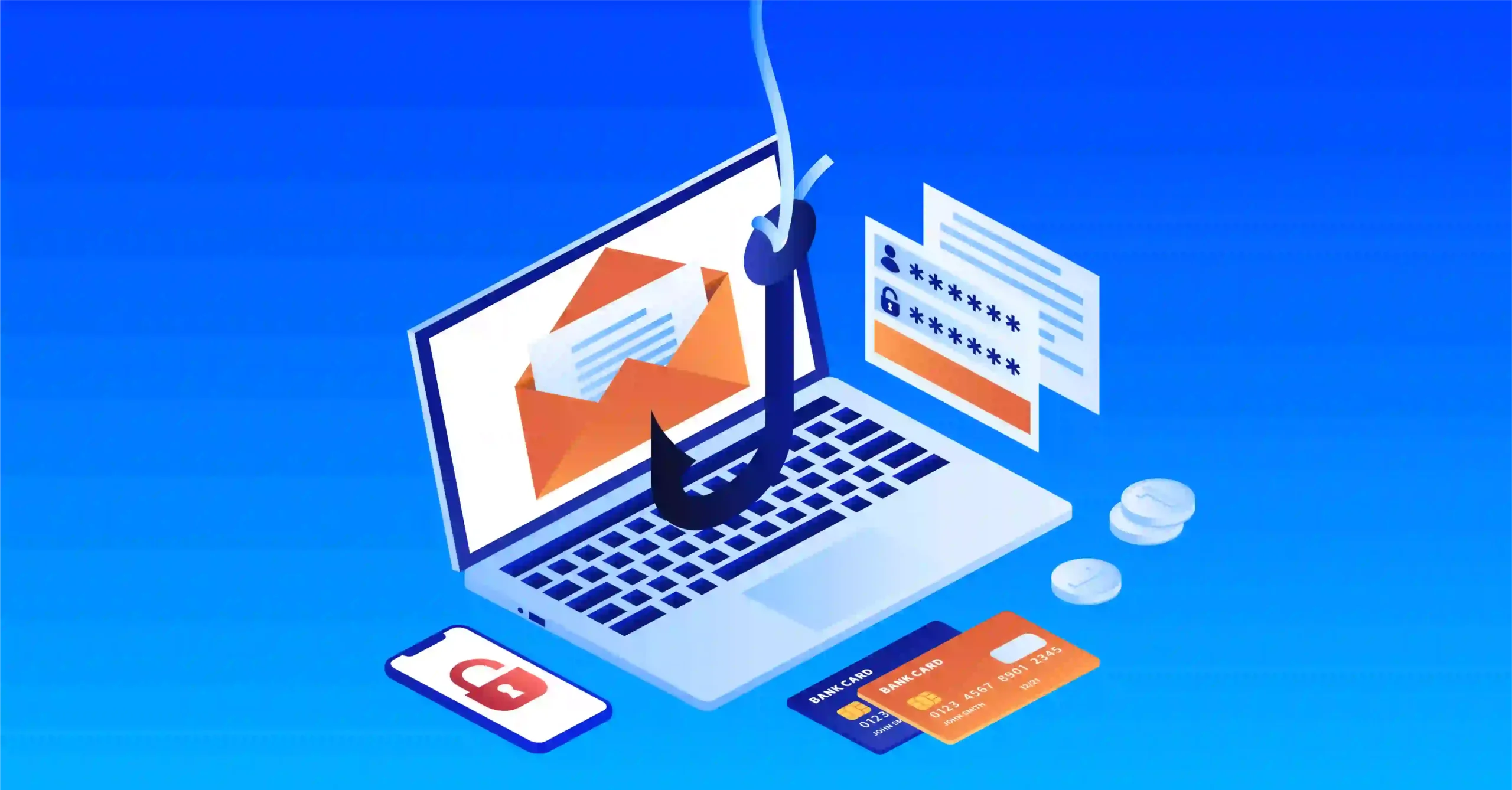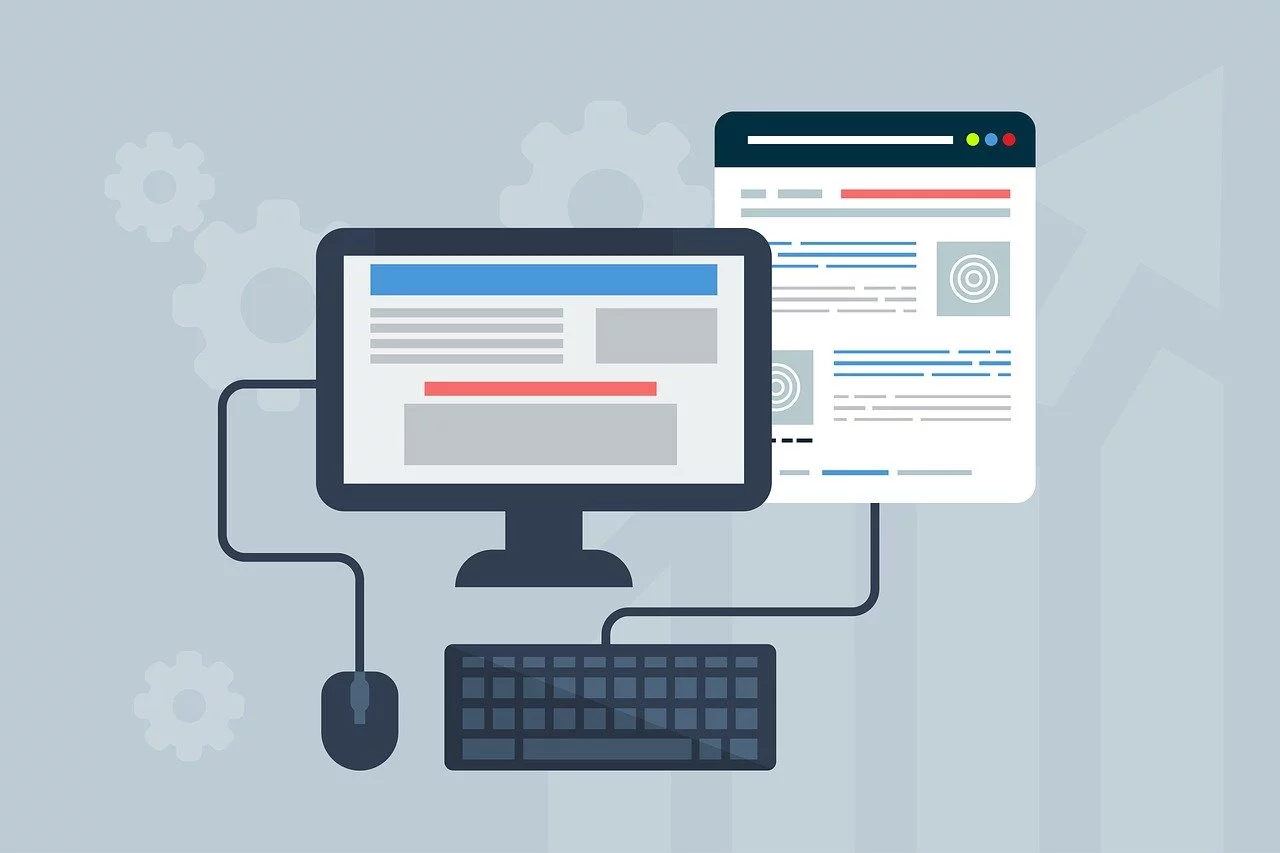There’s no doubt that remote work is becoming highly popular. According to a study by experts, 43% of workers in the US have telecommuted at some point in their career. And this number is only going to grow as technology advances, and more people become comfortable working from home. But while there are many advantages to remote work, one of the potential pitfalls is that it can be difficult to create and maintain a strong company culture when everyone spreads out across different locations. So we’ll describe some tips for building a strong company culture while doing remote work in this post. The remote work environment is something that everyone considers a great option. But one drawback for businesses might be how can they keep cultivating a great company culture when everyone lives worldwide? In this post, we’ll guide you on how we can create a superb team culture successfully at a company. Remote Work Explained Team members of a corporation who work remotely have the permission of doing their job outside of the company’s primary business hub or physical workplace. In most instances, employees work from home, but they might work from any location. There is no need for a physical office at some companies since they operate from home or have made every employee interchangeable with remote workers who work part-time in the field. However, it might be more practical for others to maintain a permanent address so that clients can come to their office for visits when needed and provide services without being physically present. Many people enjoy remote work because these jobs offer considerably better flexibility than traditional full-time positions. The remote work culture is rising, and it’s not just for startups anymore. More companies realize that they can be successful this way, with less overhead costs than traditional offices. In addition, there are options available to rent out a space where people come together for occasional business meetings or projects requiring face-to-face contact. Benefits of Hiring Remote Workers Hiring someone to work remotely is more manageable, especially for family obligations. In addition, the flexibility offered by this type of arrangement can be beneficial when you need your employee’s presence at certain times. But they’re unable or unwilling to make themselves available all day long! You might also consider paying them with easy digital payment options, so there won’t be any extra costs associated with making payments digitally; plus, it means no pesky payroll taxes either (unless we decide otherwise). Interesting fact: With the VoIP app, you can call almost anyone. The desktop and mobile app can facilitate your team in placing phone calls, doing video meetings, and even providing fast SMS/MMS messages, all from one VoIP software. Remote Culture Defined To create a remote work culture, you have to think of your team’s values and expectations and how they communicate with one another. You also need to permit appropriate habits for the type of job at hand. That can include things like taking breaks or drinking water. The best way to maintain your company’s culture is by investing in remote work philosophy. When team members work from different places in many departments, it can be difficult for the whole team to keep engaged. And be productive with one another. But when everyone works from home, they keep doing their job for a longer time, and the company earns higher profits. Create a Positive Remote Work Culture When you have remote team members, it’s necessary that they feel connected. That is because they miss out on all the social aspects of a traditional work environment. Like water cooler discussions and workplace jokes, among other elements which we don’t think about every day. But, these interactions improve the team’s efforts in a great way. The managers should encourage them. Happiness at work is good for business. It’s undeniable that happy employees provide a better environment and experience and can be more productive than those who aren’t satisfied or fulfilled in their careers. So, how can we ensure that our teams have this? There are three factors to consider: Provide them with opportunities that will allow them to take time away from their office obligations, such as flexible days or time management roles. Also, provide bonuses such as benefits packages that include healthcare coverage, and so on. Additionally, team members who desire to help the community might find rewarding volunteer opportunities outside the company. A large percentage of companies, up to eighty-five per cent, convey that flexible remote work improves their performance, which is not surprising. One aspect to remember is that completely remote workforce and hybrid work teams have different objectives to meet. A great remote team culture should simplify the supervision of remote teams. It Assists you in Hiring Skillful Employees One of the top benefits of remote work is that it facilitates you to hire new employees from any location globally. It allows you to gather the most incredible talent and a more versatile workforce. Your team’s remote culture serves several roles in encouraging them to work. 83% of the crew at different companies convey that culture is a big consideration when selecting a company. Candidates who are not only skillful but also in line with your fundamental values will reach out to your company if you promote your unique culture. During the interview with remote candidates, experts advise utilizing the VoIP video meeting app. With VoIP software, you can demonstrate your business details to remote workers. Five Indicators of an Effective Remote Culture The company culture doesn’t develop on its own. Instead, it builds itself as team members do their jobs. Also, it consistently grows naturally. Therefore, it’s necessary to actively create a fulfilling sense of culture in your team that links scattered employees together when working remotely. We are providing some beneficial tips on remote cultures: 1. Team Development that is Clear and Manageable Whether you are in a remote team or not, someone on the other end of your team needs to know the instructions to complete their goals. That can’t help if there isn’t clear communication! The first step in establishing a healthy remote culture is clear expectations. Managers and directors need to know what their employees can expect from them and how they should be conducting themselves professionally on behalf of the company. Specifically when dealing with clients or other third parties who may not share the same opinions about work-life balance issues like family time versus billable hours. 2. Utilization of Communication Channels There should be a clear purpose for conversations and video conference channels. Commonly, that implies email is for official documents, instant messaging is for everyday communication, and video meetings for bigger team conferences. The right communication channel can make or break your company. If you’re not careful about which channels are being used for what purposes, it could lead to confusion and wasted time on things that don’t matter as much in the grand scheme! While keeping in online communication, you should consider to buy RDP to ensure safe and secure processes and operations at all times. So use a VoIP app when asking questions like “Do we have enough coffee?” And you should know, if something doesn’t require emphasis then you should not give an explanation for it. We would recommend starting with the VoIP software since most people respond better when someone is talking to them. 3. User-friendly Communication Tools When you invest in the right tools for remote employees, they can stay connected even if not in an office. Whether it’s project management software or business phone systems, you can make sure that your staff has a way of communicating with each other by providing them with user-friendly communication tools. The VoIP app is one of the best innovations of technology. For example, your customers and prospects will love it because they don’t have to download anything. All you need to do is join a video conference with your team via their web browser. Let’s say interviews are much better when this happens. The top managers should equip a remote workforce team with user-friendly tools! The more easy-to-use those tools are, the more people prefer to use them. 4. Clear Communication Clear communication at the workplace is essential for creating a culture of trust, and it must begin at the top. We have already described how essential it is to set clear goals. That is why the managers should schedule regular virtual meetings with their remote personnel. Video meetings are ideal for building company culture with person-to-person communication. It can be an interpersonal conversation or communication between two departments. One of the difficulties of creating a remote workforce is that team members are often dispersed across different locations. That implies that not all employees can participate in a business-wide meeting. Video chat is ideal for face-to-face conversation, whether one-on-one or in a group setting. In it, team members can speak with each other creating better relationships. Also, they learn new skills when they communicate as a team. That is a part of building a strong company culture. In these scenarios, it’s good to keep the notes of those meetings and have those transcriptions available for people who couldn’t attend them. Again, VoIP software can assist team members by conveniently recording their meetings. It also transcribes their calls in real-time. 5. Transcribed Meetings with VoIP Software For best results with transcribed meetings, you should promote group messages instead of direct messages to convey information (until you want to send a private message). The company culture that supports transparency in privacy helps break the ice when it comes to communication because it prioritizes a holistic view of what everyone is doing in the company. Belonging and Serving a Broader Range of Consumers It is necessary to allow your remote employees to consider that they belong to the company, regardless of colour, caste or creed. Companies typically address this by giving inter-company relations building and inclusion training. And by creating specific employee resource groups. Six Tips for Creating a Productive Remote Culture In some scenarios, it is easy if you are entirely a small business because there will not be any differences between remote and in-office employees. But, in any way, we are providing some guidelines on how to make an effective remote culture. 1. Chalk Out How Your Remote Culture Will Work Practically It would help if you outlined how you would prefer your remote culture. That should align with company values, and everyone must know how they can contribute to the enterprise successfully while fitting it with their working style or practice. Then, the top managers can decide which tools are best suited for communicating between employees who work remotely. First, consider what your remote culture is like in terms of working methods and practices. That should be consistent with your company values so that everyone knows the goals you’re going to accomplish. Next, you should plan how to communicate with your team members and the tools and utilities you should own to distribute information. 2. Set of Remote Work Rules Since it is more tricky for a distributed team to learn the finer points of your culture, the top management must create paperwork for plans. And also chalk out ways about how it will be implemented practically. The managers should also enlist “job rules” that define the remote culture. They should be simple to learn for both new and experienced employees. When creating a remote work policy, make sure that it is clear and concise. Include guidelines for appropriate language in communications and expectations around flexibility with hours. The managers should keep it a bit formal, so the employees maintain a proper interaction in the company. Finally, etiquettes go hand-in-hand: don’t forget thank you cards from clients or emails asking how things went after meetings like face to face video calling. 3. Communicate the Instructions Internally Communication inside the company is necessary for creating and maintaining remote work cultures. Therefore, you should assign an official team member in this role to serve as the culture management in charge. Their role will be to communicate the company’s cultural values at all levels. They can set up communication lines between team members for social chats and ensure everyone is inside the conversation when there are virtual team meetings. 4. Hold Regular Feedback Conferences It might not be easy to do it perfectly the first time. Your remote culture and policies must be ready to adapt to changes, including employee feedback! Employees welcome transparent feedback in a company, and all coworkers should feel at ease expressing their worries or when offering advice. The goal is to create an atmosphere where everybody adds value, so you might have to request input from fairly quiet workers effectively. Without this approach to work, the noisiest people in the room will start taking over feedback sessions. It would help if you tried to offer training about how to provide constructive feedback. Also, it would help if you remembered to inquire for feedback about the system to gather input. Do your team members consider it suitable to share their opinions and are easy to convey their disagreement to others? Anonymous surveys are a great way to find out the views of shy team members. 5. Encourage an Intentional Conference Culture You might have known about the “Video conference effects on productivity”. Too many video conference calls might reduce the employee’s productivity because it can keep them busy for longer. But when it comes to remote work, video meetings are one of the primary methods for your team members to understand each other better. You have to ensure that you are not trying to meet at the conference just because the managers have given your instructions. Inform everyone about your purpose to them. Are you announcing new hires, working to connect with customers or interested parties, or simply finding out more about business? Give out a plan in advance and conform to it. Undoubtedly the video calls are beneficial, but you should also have “No-meeting Mondays” to give your team a break from the busy meeting schedule. 6. Allow Non-Call-Based Communication Methods There are scenarios in which doing a “live” discussion is unnecessary. Email, SMS, and app-based messaging services are asynchronous ways of communication that do not require any immediate response. The employees know that people may be preoccupied or need time to review their messages or find additional information before responding. That also makes up for time differences. Rather than calling a colleague at midnight, you can convey them a message and allow them to reply in the morning. It’s beneficial to learn about time zones and when official holidays occur in several countries. Again, one of the benefits of VoIP phone service is that you can send messages to your employees to inform them about necessary updates. Use VoIP To Increase Collaboration Among Remote Teams Voice over Internet Protocol (VoIP) is a powerful tool that can significantly enhance collaboration within remote teams. By using VoIP technology, teams can communicate seamlessly, fostering a sense of unity and efficiency. Here are several ways you can use VoIP to increase collaboration in your remote teams: Real-Time Communication: Voice Calls: VoIP allows team members to make high-quality voice calls online. It facilitates instant communication, reducing delays in decision-making and problem-solving. Video Conferencing: Video calls enhance collaboration by providing face-to-face interactions, making discussions more personal and practical. Platforms like Zoom, Microsoft Teams, and Google Meet offer robust VoIP-based video conferencing. Unified Communication Platforms Choose a unified communication platform integrating VoIP with other collaboration tools such as instant messaging, file sharing, and project management. It creates a centralized hub for all communication needs, reducing the need to switch between multiple applications. Cost Efficiency VoIP is often more cost-effective than traditional phone systems, especially for long-distance or international calls. These cost savings can be redirected to other business areas or invested in additional collaboration tools. Flexibility and Mobility Many VoIP platforms offer screen-sharing and collaboration features, allowing team members to share their screens during calls. It is invaluable for presentations, collaborative document editing, and troubleshooting. Quality of Service (QoS) Optimization Ensure that your internet connection is robust enough to support high-quality VoIP calls. Implement Quality of Service (QoS) settings to prioritize voice traffic, minimizing disruptions and ensuring clear communication. Training and Support Provide adequate training and support for team members to use VoIP effectively. It includes troubleshooting common issues, understanding features, and optimizing settings for the best user experience. Summing Up So, if you’re thinking of transitioning to a remote workforce or are already there and feeling a little lost, don’t worry. We’ve put together some tips to help you build a strong company culture while working remotely. And if you need more help, our team is always here to support you. While it can be a challenge to create and maintain a strong company culture when everyone is working remotely, it’s not impossible. This post explored some tips for building a thriving remote work culture. By following these tips, you can help ensure that your remote team feels connected and engaged with one another, regardless of where they are located. Have you tried any of these techniques in your remote work environment? Read More : 4 Tips To Help You Monitor Company Production Read More : Top 5 Challenges of VoIP and Solutions










